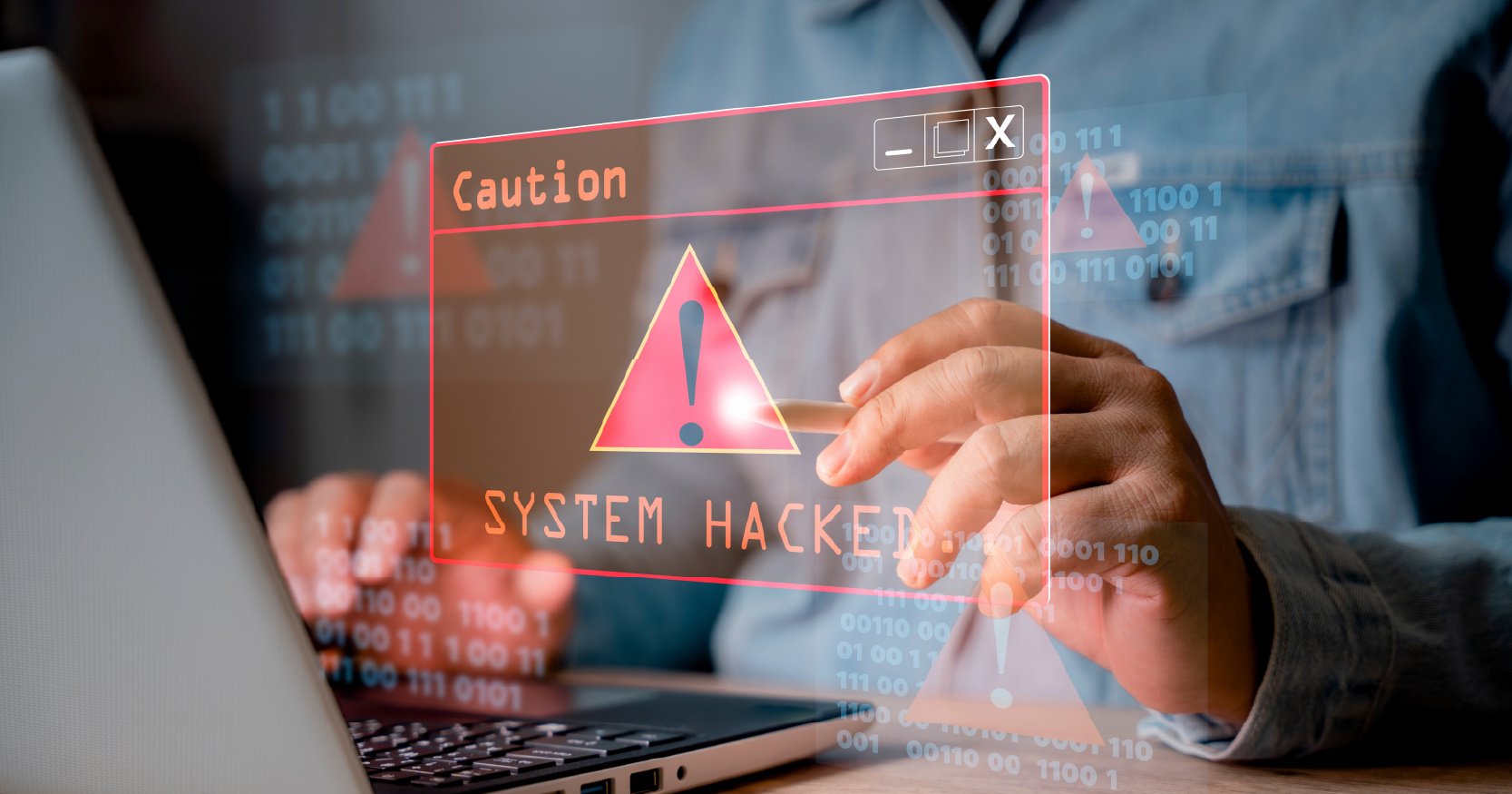Top Cybersecurity Risks and Challenges in Higher Education 2025
Cybersecurity Risks in Higher Education
Cybersecurity Risk Management Overview
Cybersecurity risk management is critical in higher education, as institutions handle large volumes of sensitive personal, financial, and academic data. Effective management involves evaluating vulnerabilities and threats to an organization's digital systems. Policies, security tools, and contingency plans must be established to mitigate risks. A Chief Information Security Officer (CISO) typically oversees this process, with compliance managers ensuring adherence to regulations. Institutions should understand the board of directors’ role in compliance matters.
Major Cybersecurity Risks
Higher education institutions face numerous cybersecurity threats, prominently including:
1. Data Breaches and Unauthorized Access
Data breaches happen when unauthorized individuals access confidential information, often seeking financial gain. Such breaches can lead to legal repercussions and diminished stakeholder confidence. Institutions must prioritize security protocols and utilize robust compliance committees to prevent unauthorized access.
2. Ransomware Attacks
Ransomware attacks involve the use of malware to lock victims out of their systems, demanding payment for restoration. These attacks can disrupt operations significantly. According to Sophos, 64% of higher education institutions experienced a ransomware attack in 2021.
3. Phishing
Phishing scams involve deceiving individuals into revealing sensitive information by impersonating legitimate entities. These scams can lead to unauthorized access to accounts or data theft. Educational institutions must implement security awareness training to help staff recognize and resist phishing attempts.
4. Insider Threats
Insider threats arise from staff or third parties misusing their access to confidential data. These threats can result in serious breaches going unnoticed longer than external attacks. Regular audits and strict access controls can help mitigate these risks.
5. Outdated System Vulnerabilities
Outdated software and systems leave institutions vulnerable to exploitation. Regular updates and maintenance are essential for protecting against emerging threats. Institutions should adopt strategic measures to regularly patch vulnerabilities and ensure that all systems are current.
Specific Cyber Threats to Monitor
The education sector faces several specific cyber threats, including:
Malware Attacks
Malware attacks have surged, with a 26% increase reported in 2022, targeting educational institutions to breach internal systems. Institutions should employ anti-malware solutions and conduct ongoing employee training to foster a security-conscious culture.
Distributed Denial of Service (DDoS) Attacks
DDoS attacks overwhelm targeted servers with excessive traffic, leading to downtime. Institutions can implement caching solutions, rate limiting, and attack surface reduction strategies to mitigate these risks.
Compliance Risks
Failing to comply with regulatory standards can lead to significant financial penalties. Institutions must maintain a robust cybersecurity program to meet compliance requirements and protect sensitive information.
Cybersecurity Solutions and Tools
AGB OnBoard offers board management software that enhances cybersecurity through secure connections and multi-factor authentication. Institutions can also utilize UpGuard’s cybersecurity solutions to manage vendor and breach risks effectively. Key features include:
- Security Ratings for assessing security posture
- Vendor Risk Assessments to streamline vendor evaluations
- Data Leak Detection to prevent data breaches
Additionally, maintaining an information security program that includes annual assessments and penetration testing is vital for improving security posture.
Recent Cybersecurity Incidents
Notable incidents in higher education illustrate the impact of cybersecurity threats:
- University of California, San Francisco faced a ransomware attack demanding over $1.1 million for decryption.
- Michigan State University experienced a significant ransomware attack due to unpatched VPN software.
- Broward County Public Schools dealt with a $40 million ransom demand after a data breach affecting thousands of employees and students.
These examples underline the critical need for heightened cybersecurity measures in educational institutions.

Image courtesy of Marco

Image courtesy of Marco

